Across the world, well-intentioned but poorly designed policies have had alarming environmental consequences.
Europe provides one especially striking example. To mitigate climate change while enhancing the continent’s energy security and boosting its agricultural sector, the EU began to promote biodiesel in 2003.
The incremental replacement of fossil fuels mandated by Brussels meant that, by 2017, more than half of Europe’s palm oil imports were going into the tanks of cars and trucks. In the same period, it also became obvious that soaring demand for palm oil was causing ecological catastrophe in Southeast Asia (see “Calling all consumers” in the Jan. 13, 2021 Taipei Times). Following lobbying by several major NGOs, EU leaders had a change of heart. In November 2018, the EU Parliament passed a law ordering the phase-out of biofuels made from corn, palm oil, soy and sugarcane.
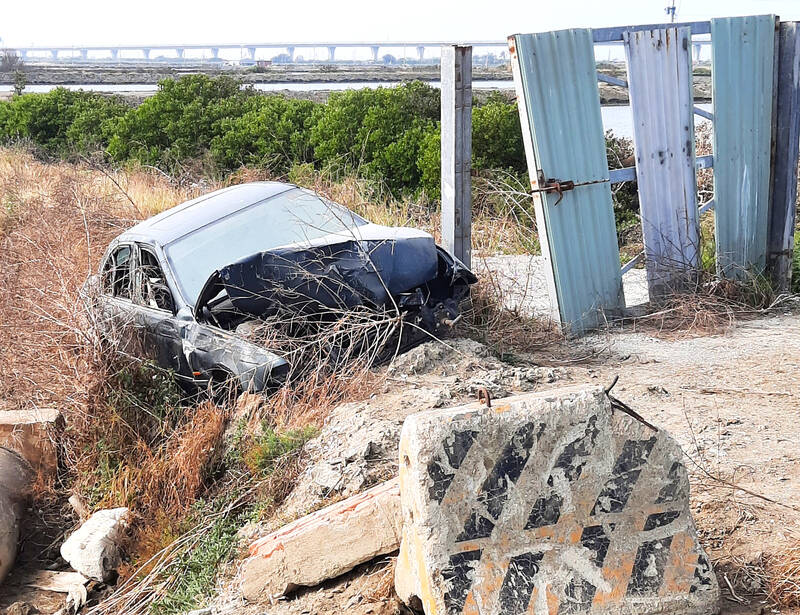
Photo: Steven Crook
Taiwan avoided this pitfall, largely because its biofuels policy was designed around domestically grown crops and recycled cooking oil. But that doesn’t mean the country’s policy makers are perfect.
One well-known backfire was Taipei’s insistence that at least 60 percent of the components used in wind-farm projects be procured locally. A 2021 paper by Taiwanese scholars called these requirements “problematic,” saying they were surrounded by “turmoil.” On April 17 last year, CommonWealth magazine reported that the procurement rules were “choking offshore wind” and could halt progress at a time when the country is struggling to switch over to renewables and decarbonize its grid. The requirements were scrapped seven months later, following the EU’s filing of a complaint at the WTO,
SOMETHING IN THE SOIL
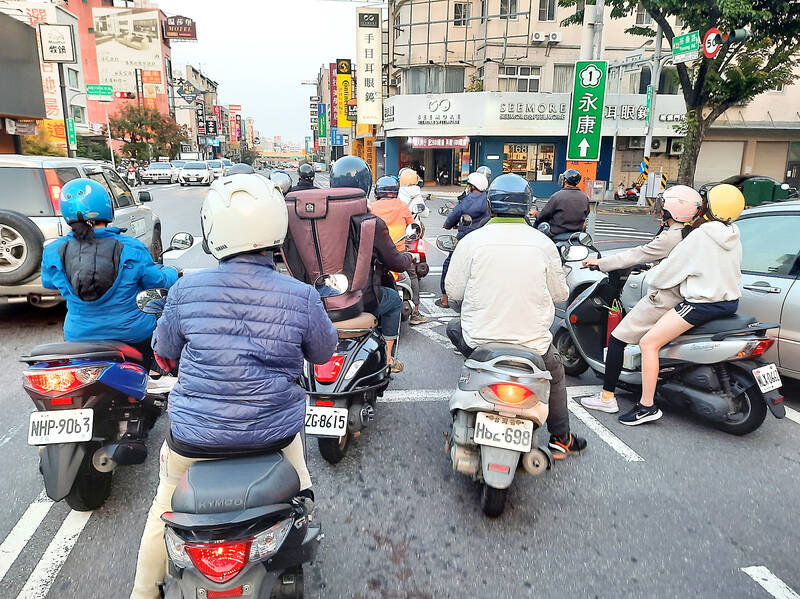
Photo: Steven Crook
According to more than one entrepreneur, regulations designed to identify and punish industries that pollute the soil are having an unintended effect: Rather than build on sites which previously hosted factories, of which Taiwan has plenty, businesspeople often seek out greenfield plots. On this crowded island, the latter are in short supply — and those that remain should be preserved for agriculture or for the ecosystem services they provide, such as mitigating flood risk.
The Soil and Groundwater Pollution Remediation Act (土壤及地下水污染整治法) stipulates that, when an enterprise applies for a business license, changes owners, changes its industry category, discontinues production or closes down altogether, it must submit “site soil pollution assessment investigation and test data.” Such assessments measure arsenic, cadmium, copper, mercury and other heavy metals, as well as petroleum hydrocarbons, volatile organic compounds, solvents and pesticides.
In theory, an enterprise could use previous test results to prove the contaminants were already present in the ground when they set up shop, and thus defend themselves against accusations of pollution. However, soil is an uneven and dynamic medium, and industrial pollutants are seldom spread uniformly across a site. Even when samples are taken at multiple spots, it’s possible to miss something significant the first time around, and only discover it years later. What’s more, chemicals can and do leach through soil, while testing technologies and protocols are getting better and better.
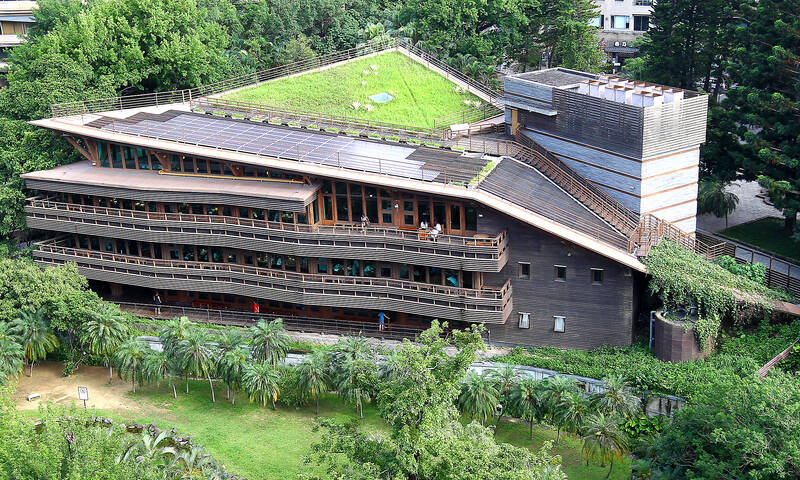
Photo: Chu Pei-hsiung, Taipei Time
As part of their due diligence, before finalizing a purchase or a lease, industrialists commission their own soil tests. If anything unnatural is found, they’ll likely play it safe and seek an alternative location. As one businessman told this writer when explaining why his company’s new facility was almost a year behind schedule: “It’s a risk we just didn’t want to take.”
This isn’t, of course, the only reason why developers prefer greenfield plots to brownfield sites. Inadequate surrounding infrastructure is sometimes an issue. By some estimates, Taiwan is losing farmland at a rate of 3,000 to 4,000 hectares per year. Qualitative research — in particular asking industrialists to explain in detail why they opted for a certain site — might be the best way to ascertain if soil pollution rules are a factor.
MAKING THINGS DIFFICULT FOR CYCLISTS
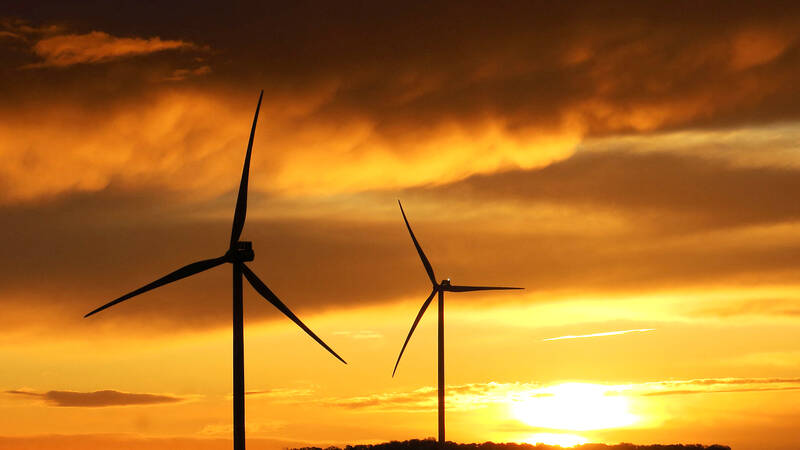
Photo: REUTERS
For years, the government has encouraged cycling to improve the population’s health, enhance urban air quality, and lower the transportation sector’s carbon emissions. Unfortunately for those who’d like to ride to Taipei Public Library Beitou Branch (臺北市立圖書館北投分館) — one of the country’s best known green buildings — there are no bike racks anywhere near its entrance.
There are motorcycle parking spaces nearby, but nothing that meets the LEED sustainable-architecture certification standards for “secure, sufficient and well-located bicycle storage facilities.”
The absence of bike racks surprised me the first time I visited the library, and it was something I asked the building’s designers, Taipei-based Bio-Architecture Formosana (九典BaF), about when I interviewed them nearly two decades ago. Their response was equally unexpected: Because the library stands in a park, and bicycles are banned from Taipei’s parks, the authorities wouldn’t give permission for bike storage.
This rule is still on the books, yet seldom enforced. On Nov. 6 last year, the Chinese-language China Times reported that, over the previous five years, the Taipei City Government had received 261 complaints about people riding bikes in parks, but only issued two fines. The regulation, it appears, fails to protect park users from selfish cyclists, while at the same time making it difficult to add bicycle-friendly infrastructure to the urban landscape
CLOCKING IN, CLOCKING OUT
Over the past decade, Taiwan has amended the Labor Standards Act (勞動基準法), to protect employees from being overworked and to ensure they’re properly rewarded for doing overtime.
Employees shouldn’t work more than 12 hours in a single day, and overtime shouldn’t exceed 46 hours per month. For the first two hours of overtime, the law stipulates that employees receive 1.33 times their normal hourly wage. For the third and fourth hours, the rate should be 1.66 times the regular wage. Penalties for non-compliance have been increased, and the Ministry of Labor says it’s conducting inspections more often than before.
Not surprisingly, these restrictions prompted some factories to switch from a 12-hour shift pattern to an 8-hour system. Many employees prefer this, but it means that, for industries that work around the clock, groups of workers arrive and leave three times in each 24-hour period, instead of twice — and a great many of the latter will get on a scooter or into a car.
According to data released by the Ministry of Transportation and Communications late last year, 43.7 percent of respondents had used a motorcycle the day before they were surveyed, while 26.6 percent had traveled by car. Could it be that changing Taiwan’s labor law has resulted in more commuters on the roads, and consequently greater carbon emissions as well as air and noise pollution?
Forcing employees to work exhaustingly long shifts is obviously a non-starter, and even if it’s shown that labor law reforms make no difference to the number of commutes each week, the government can do more to reduce carbon emissions associated with the transportation. Implementing a four-day workweek is one possibility (see “Is Taiwan ready for a four-day workweek?” in the Jan. 21, 2024 Taipei Times). Incentivizing companies to let their employees work from home is another.
Progress in one sphere often requires a trade-off in another, yet these examples suggest officials aren’t always aware of the environmental downsides of policies they implement. And — as the wind-power localization argument shows — it can take them a good while to change course, even when a chorus of voices is urging them to revise the rules.
Steven Crook, the author or co-author of four books about Taiwan, has been following environmental issues since he arrived in the country in 1991. He drives a hybrid and carries his own chopsticks. The views expressed here are his own.
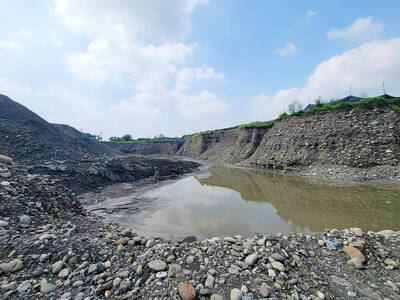
Last week the story of the giant illegal crater dug in Kaohsiung’s Meinong District (美濃) emerged into the public consciousness. The site was used for sand and gravel extraction, and then filled with construction waste. Locals referred to it sardonically as the “Meinong Grand Canyon,” according to media reports, because it was 2 hectares in length and 10 meters deep. The land involved included both state-owned and local farm land. Local media said that the site had generated NT$300 million in profits, against fines of a few million and the loss of some excavators. OFFICIAL CORRUPTION? The site had been seized
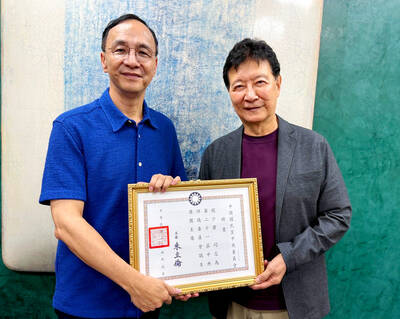
Next week, candidates will officially register to run for chair of the Chinese Nationalist Party (KMT). By the end of Friday, we will know who has registered for the Oct. 18 election. The number of declared candidates has been fluctuating daily. Some candidates registering may be disqualified, so the final list may be in flux for weeks. The list of likely candidates ranges from deep blue to deeper blue to deepest blue, bordering on red (pro-Chinese Communist Party, CCP). Unless current Chairman Eric Chu (朱立倫) can be convinced to run for re-election, the party looks likely to shift towards more hardline
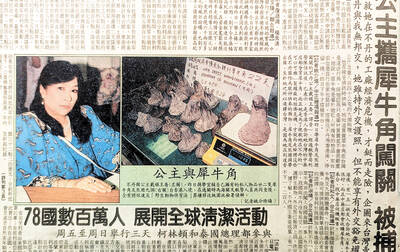
Sept. 15 to Sept. 21 A Bhutanese princess caught at Taoyuan Airport with 22 rhino horns — worth about NT$31 million today — might have been just another curious front-page story. But the Sept. 17, 1993 incident came at a sensitive moment. Taiwan, dubbed “Die-wan” by the British conservationist group Environmental Investigation Agency (EIA), was under international fire for being a major hub for rhino horn. Just 10 days earlier, US secretary of the interior Bruce Babbitt had recommended sanctions against Taiwan for its “failure to end its participation in rhinoceros horn trade.” Even though Taiwan had restricted imports since 1985 and enacted
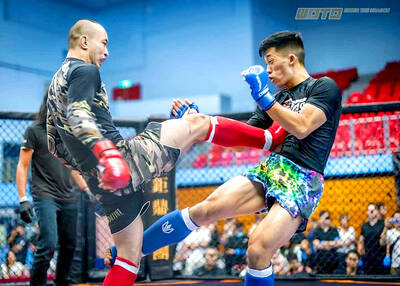
Enter the Dragon 13 will bring Taiwan’s first taste of Dirty Boxing Sunday at Taipei Gymnasium, one highlight of a mixed-rules card blending new formats with traditional MMA. The undercard starts at 10:30am, with the main card beginning at 4pm. Tickets are NT$1,200. Dirty Boxing is a US-born ruleset popularized by fighters Mike Perry and Jon Jones as an alternative to boxing. The format has gained traction overseas, with its inaugural championship streamed free to millions on YouTube, Facebook and Instagram. Taiwan’s version allows punches and elbows with clinch striking, but bans kicks, knees and takedowns. The rules are stricter than the